Choosing the right bathroom vanity can be a daunting task. It's not just about style and material, but also about size.
So, what is the most popular bathroom vanity size?
This guide will help you navigate through the various options. We'll explore the most common vanity sizes and their suitability for different bathroom layouts.
We'll also look into the world of wood bathroom vanities. From the classic appeal of dark wood to the trending light wood options, we'll cover it all.
By the end of this guide, you'll have a clear understanding of vanity sizes and how to choose the perfect wooden vanity for your bathroom.
Understanding Vanity Sizing and Its Importance
Vanity sizing is essential in creating a functional and aesthetically pleasing bathroom space. The right size will ensure that your vanity complements the bathroom layout, allowing for easy movement.
Selecting the correct vanity size impacts more than just looks; it affects usability. A vanity that's too large or too small can disrupt the flow of the room. Proper sizing enhances accessibility, offering adequate storage and counter space without overwhelming the area. Understanding these considerations is crucial to making an informed decision that balances both practicality and style.
The Most Popular Bathroom Vanity Sizes
When it comes to bathroom vanities, size matters in terms of both function and style. Many homeowners lean towards popular sizes that fit a range of bathroom types.
Most commonly, bathroom vanities fall between 24 inches to 48 inches wide. These dimensions provide sufficient countertop space without overpowering smaller bathrooms. The depth usually stays around 20 to 21 inches, offering balance between storage and maneuverability.
Consider the following popular sizes:
- 24 inches to 30 inches:Ideal for powder rooms or tight spaces.
- 36 inches: Balances storage and counter space for small to medium bathrooms.
- 48 inches to 60 inches: Favored in larger bathrooms for extra storage and dual sinks.
These sizes help define the look and functionality of your bathroom, making them universally appealing.
Standard Vanity Dimensions
Standard vanities provide a baseline for most bathroom layouts. The typical width ranges from 24 to 48 inches. This allows them to fit various bathroom sizes, from compact to more spacious settings.
The standard height for vanities is around 32 inches, suitable for most users. For those seeking comfort, 36-inch height vanities are becoming popular, reducing strain by aligning more closely with kitchen counter heights. This evolution in design improves ease of use while maintaining traditional dimensions.
Popular Size: The 36-inch Vanity

The 36-inch vanity is a favorite among homeowners and designers. It offers a perfect middle ground between space constraints and storage needs.
With its manageable size, this vanity suits smaller bathrooms without sacrificing functionality. It provides ample space for a single sink and still offers practical countertop and storage areas.
Its versatility makes it adaptable in numerous bathroom styles. Whether your decor is classic or contemporary, the 36-inch vanity can seamlessly integrate, providing both utility and elegance in your bathroom design.
Large Bathroom Vanities: 48-inch and Above

Larger vanities, such as those 48 inches and wider, cater to expansive bathroom settings. These sizes deliver more counter space and storage solutions, making them ideal for master bathrooms.
These substantial vanities often accommodate double sinks, perfect for shared spaces. This feature is particularly beneficial for families or couples needing simultaneous bathroom use.
While offering enhanced functionality, larger vanities also create a statement piece in the bathroom. They bring an element of luxury and sophistication, elevating the overall aesthetic of any home’s washroom.
Choosing the Right Wooden Bathroom Vanity
Wooden bathroom vanities blend natural beauty with functional design. Their warmth and character make them stand out in any bathroom setting. Opting for a wood vanity requires careful consideration of several factors.
Durability and moisture resistance are critical when selecting a wooden vanity. Investing in quality wood and proper treatments ensures longevity. Additionally, consider design elements like hardware, countertop material, and integration with existing decor. A well-chosen wooden vanity can elevate a bathroom’s aesthetics while offering practical benefits.
Types of Wood and Finishes
Different types of wood bring unique styles to bathroom vanities. Oak, maple, cherry, and birch are popular options, each with distinct grains and colors.
The finish you choose can greatly affect the vanity's appearance and lifespan. Protective sealants increase water resistance, making them essential for bathroom use. Finishes range from natural, enhancing the wood grain, to painted for a sleek, modern look. This variety allows for personalization, ensuring the vanity complements your desired bathroom theme.
Light Wood Bathroom Vanity: A Trendy Choice
Light wood vanities have gained popularity for their modern and refreshing appeal. They create a sense of openness and brightness, especially in smaller bathrooms.
The airy feel of light wood pairs well with minimalist and Scandinavian designs. Its neutral tones offer flexibility to match various color schemes and decor styles. Selecting a light wood vanity can transform your bathroom into a serene, inviting space. Such vanities prove both fashionable and versatile, making them an excellent choice for contemporary home renovations.
Factors to Consider When Selecting Vanity Size
Choosing the right vanity size involves more than just aesthetics. It requires an understanding of your bathroom's specific needs and limitations. Consider how the vanity will fit into your existing space and its impact on room functionality.
Here are key factors to keep in mind:
- Bathroom Size and Layout: Ensure the vanity aligns with your space without obstructing movement.
- Storage Needs: Identify the storage features essential for organizing toiletries and other items.
- Future Planning: Consider potential changes, like family growth or resale value, when selecting size and style.
Bathroom Layout and Space
The vanity's placement is crucial in bathroom design. You need to think about how it will interact with other elements like toilets, showers, and doors. Consider traffic flow and functionality to avoid cramped spaces or awkward layouts. A well-positioned vanity can enhance both form and usability, improving daily routines.
Storage and Functionality
Practical storage is vital for a clutter-free bathroom. Evaluate how much space you need for essentials and choose vanities with drawers, cabinets, or open shelving. Functionality should not compromise style; instead, it should complement your bathroom's overall design. Options like soft-close features and organized compartments enhance user convenience.
Installation and Maintenance Tips for Wooden Vanities
Installing a wooden bathroom vanity requires precision and preparation. Begin by measuring your space accurately to ensure a perfect fit. Consider accessibility to plumbing and the vanity's height relative to your needs.
Maintenance of wooden vanities is crucial for longevity. Use sealants to protect against moisture and humidity, which can warp wood over time. Regular cleaning with non-abrasive solutions keeps the finish in prime condition.
Measuring for Your New Vanity
Accurate measurements are essential for a seamless installation. Measure the width, height, and depth of your space before selecting a vanity. Consider door swings, traffic flow, and fixture placement to avoid installation issues. Proper planning ensures your new vanity enhances rather than disrupts your bathroom layout.
Caring for Your Wooden Vanity
Wooden vanities require consistent care to remain looking pristine. Avoid harsh chemicals when cleaning, opting instead for mild solutions designed for wood surfaces. Regularly check for moisture build-up and promptly address any leaks to prevent damage. Applying a high-quality wood sealant can help maintain the vanity’s finish and resistance to bathroom conditions.
Final Thiughts: Balancing Style, Size, and Functionality
Choosing the right bathroom vanity involves balancing style, size, and functionality to suit your space and needs. Consider trends like wooden finishes, while emphasizing practicality and personal taste. A well-chosen vanity transforms your bathroom, adding elegance and utility. Prioritize comfort and fit for a timeless addition to your home.

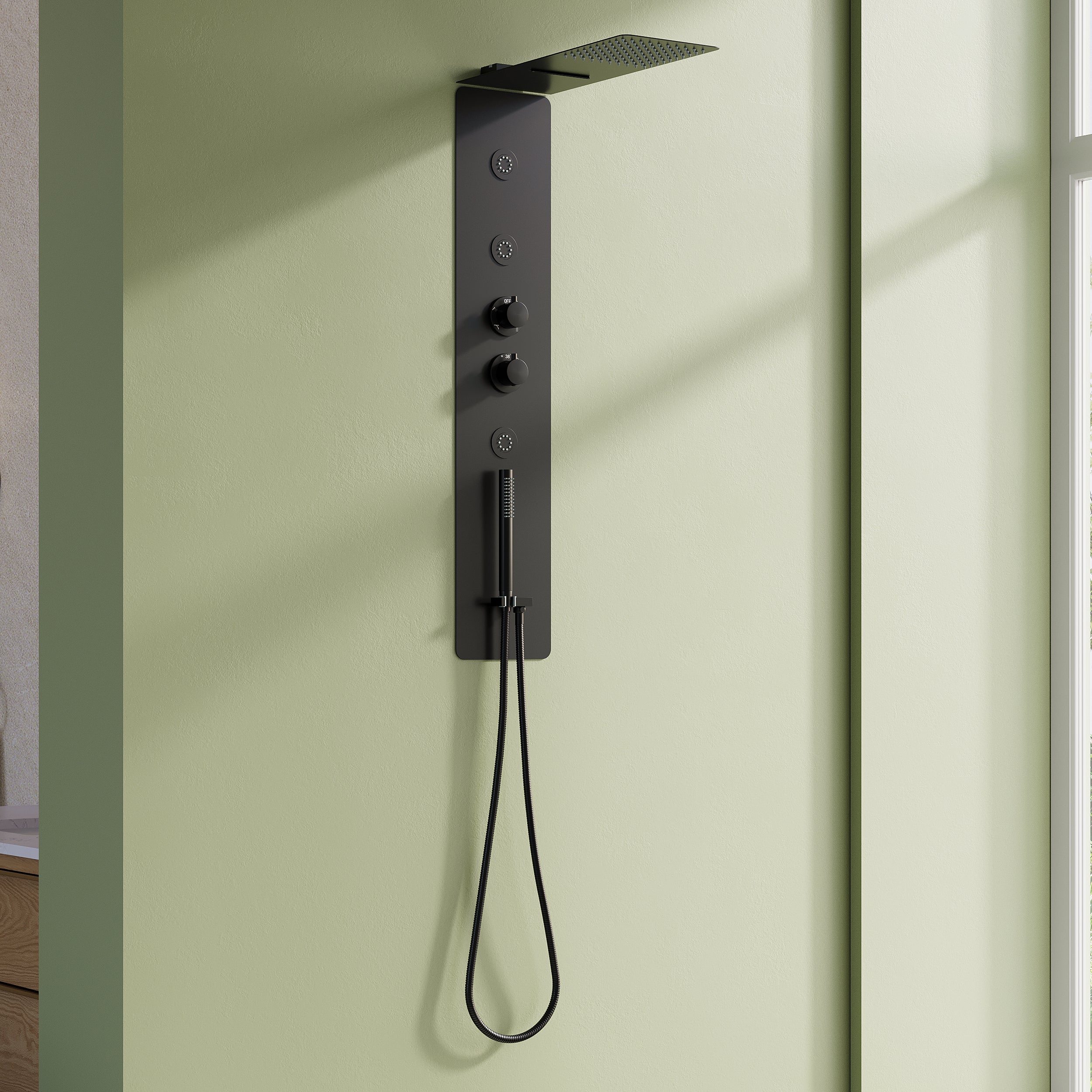










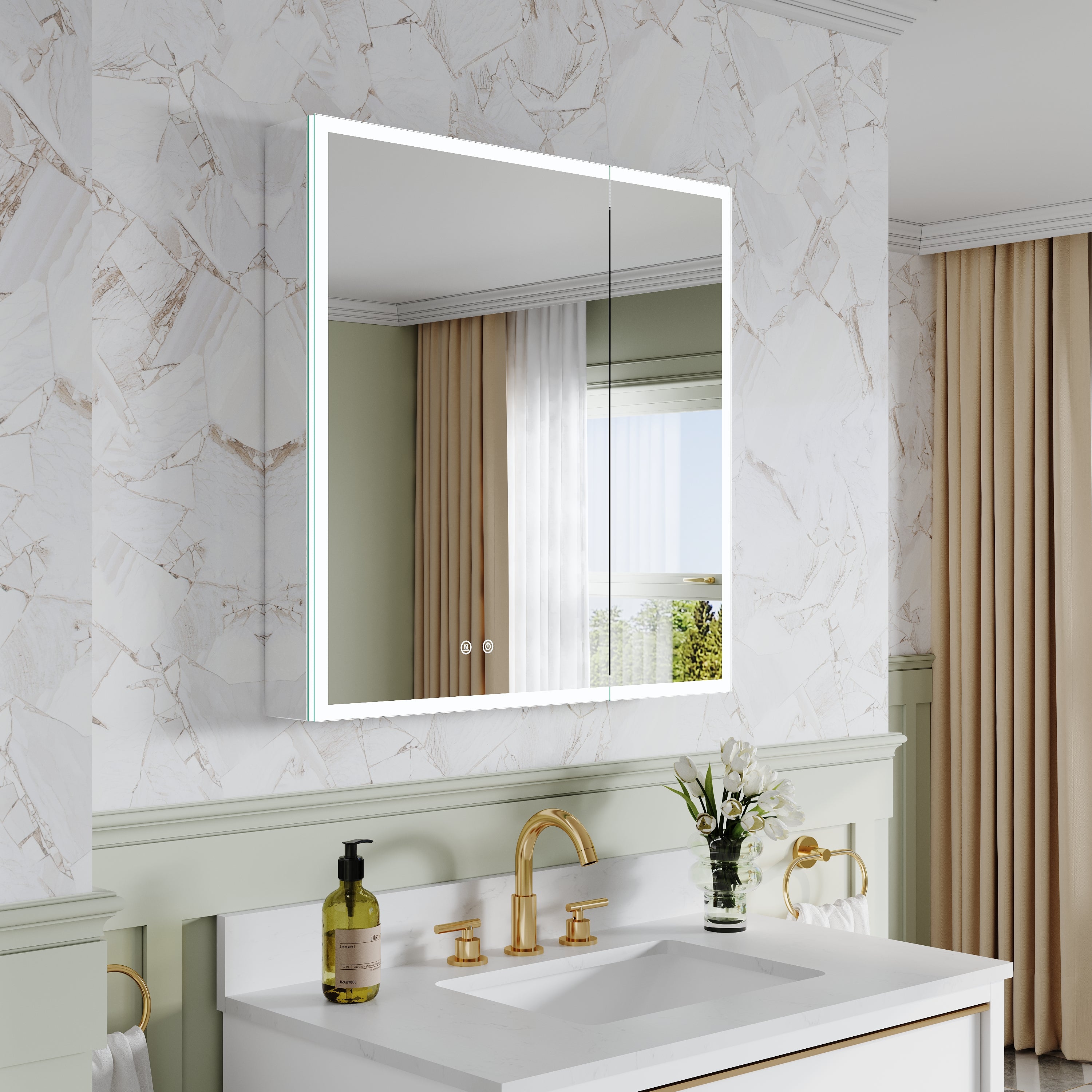



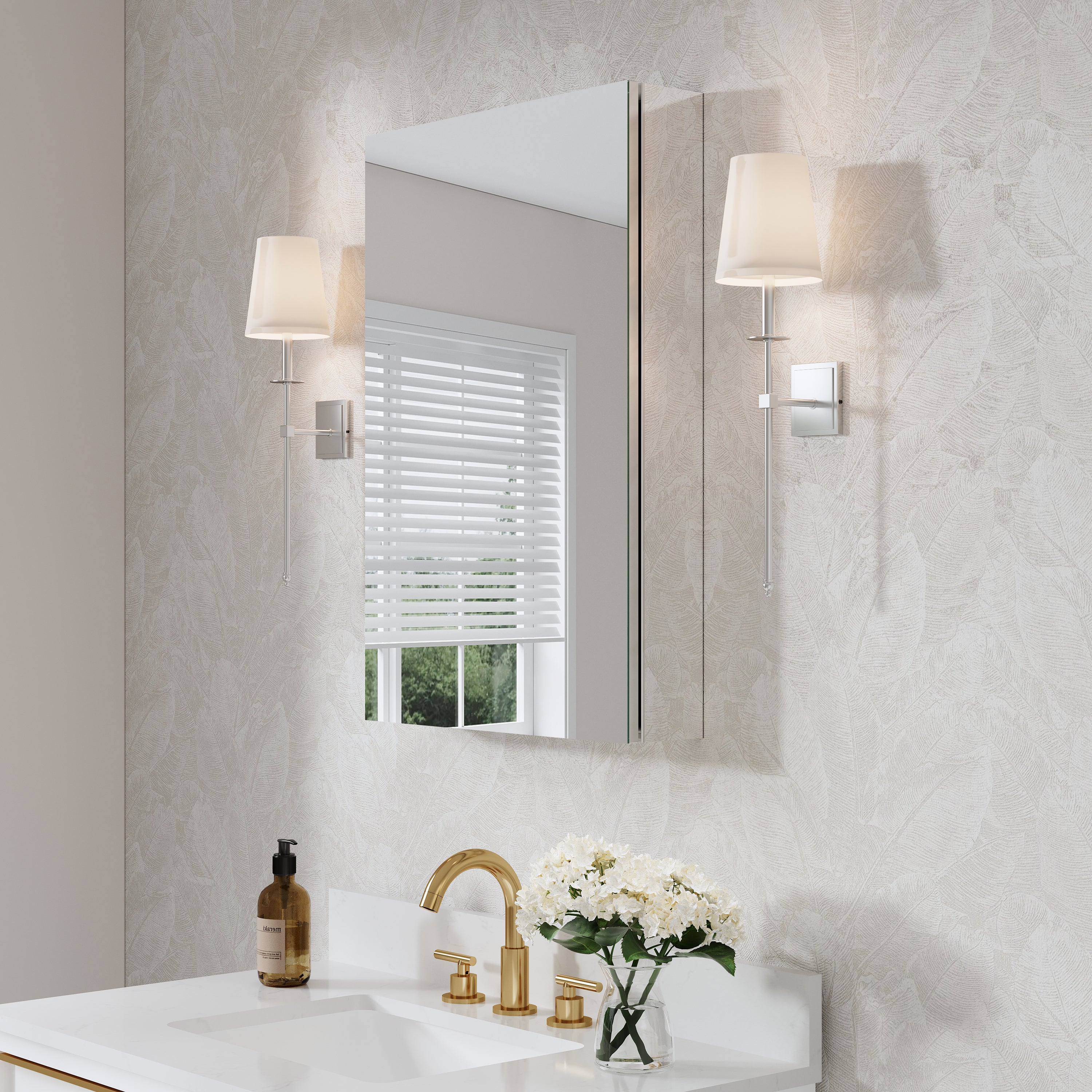
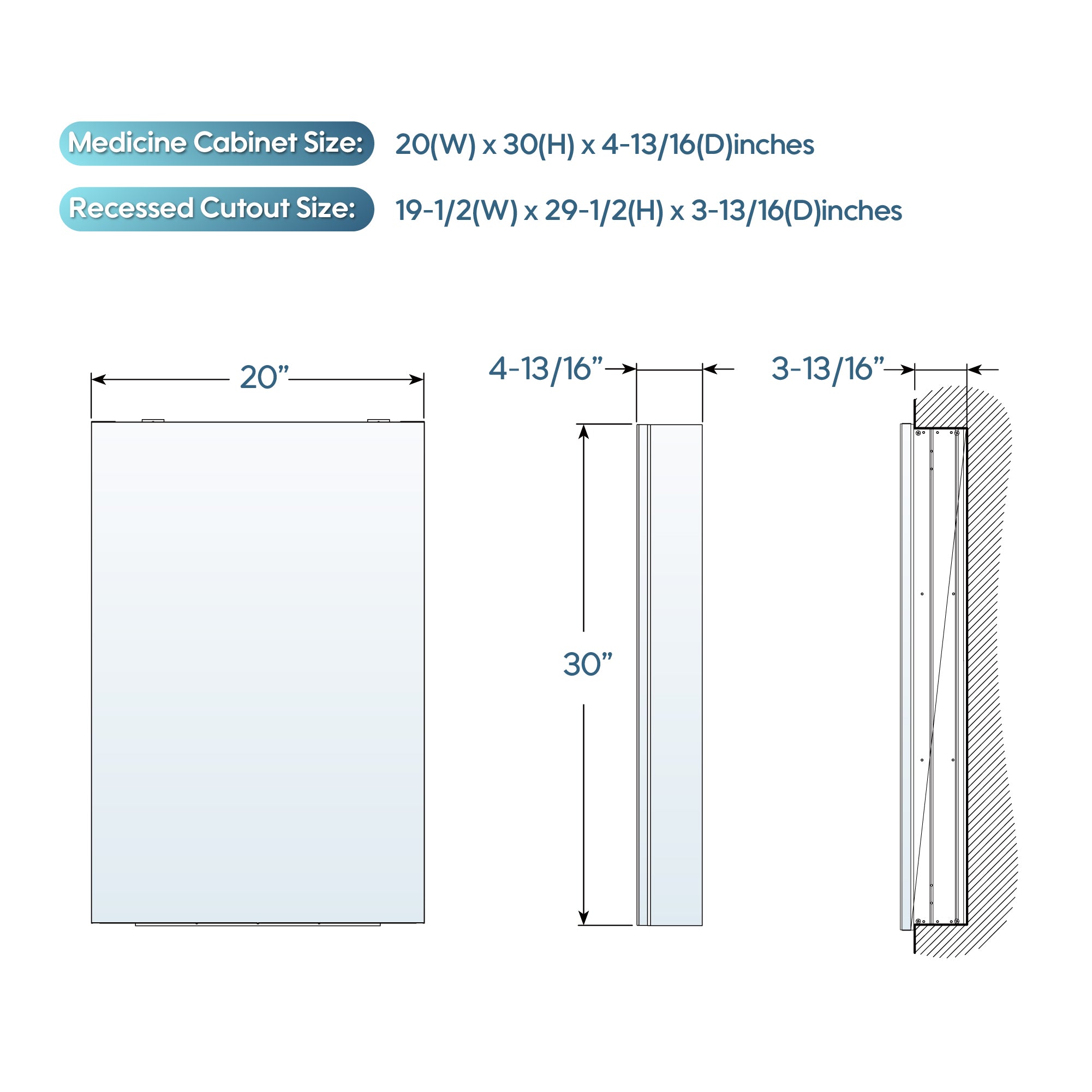
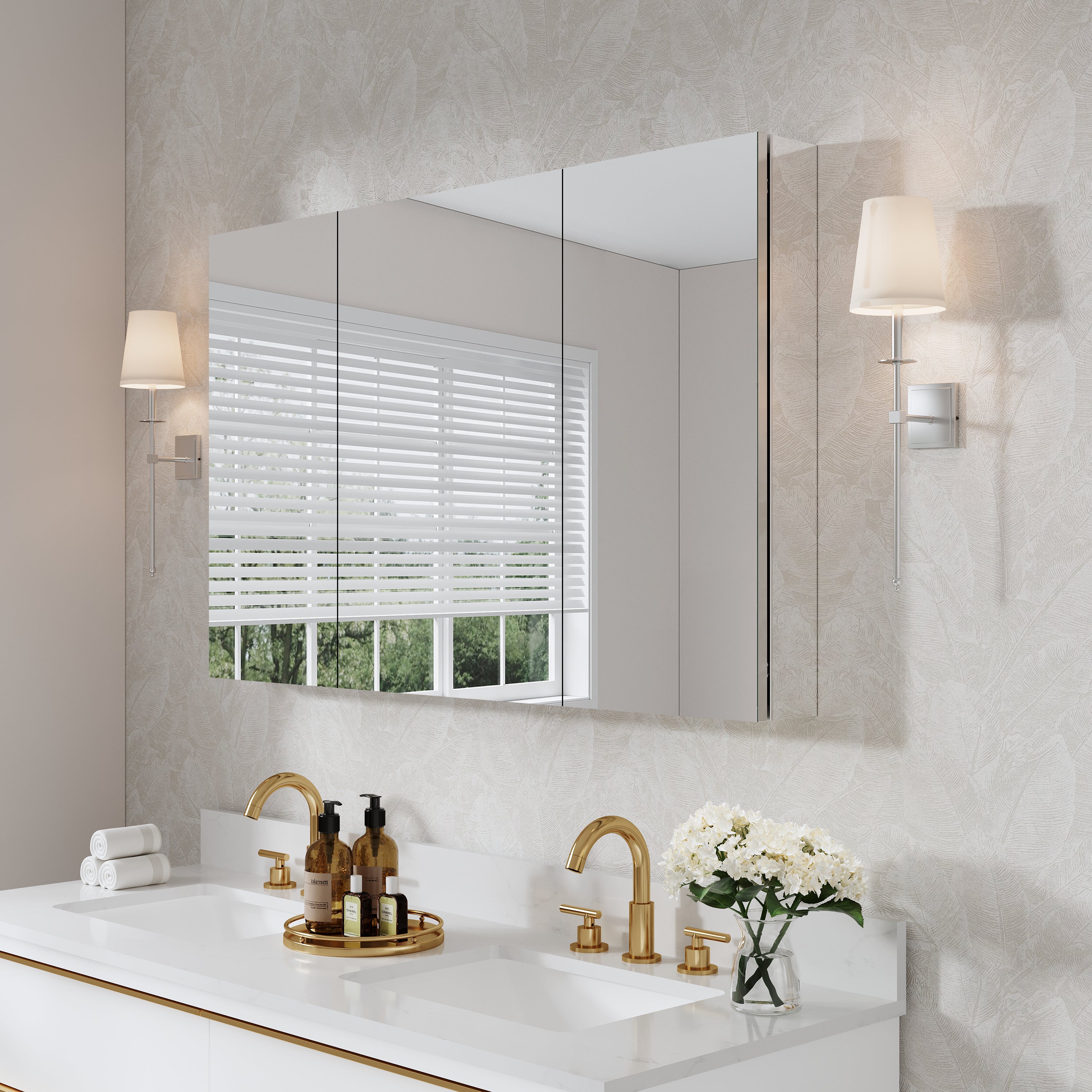

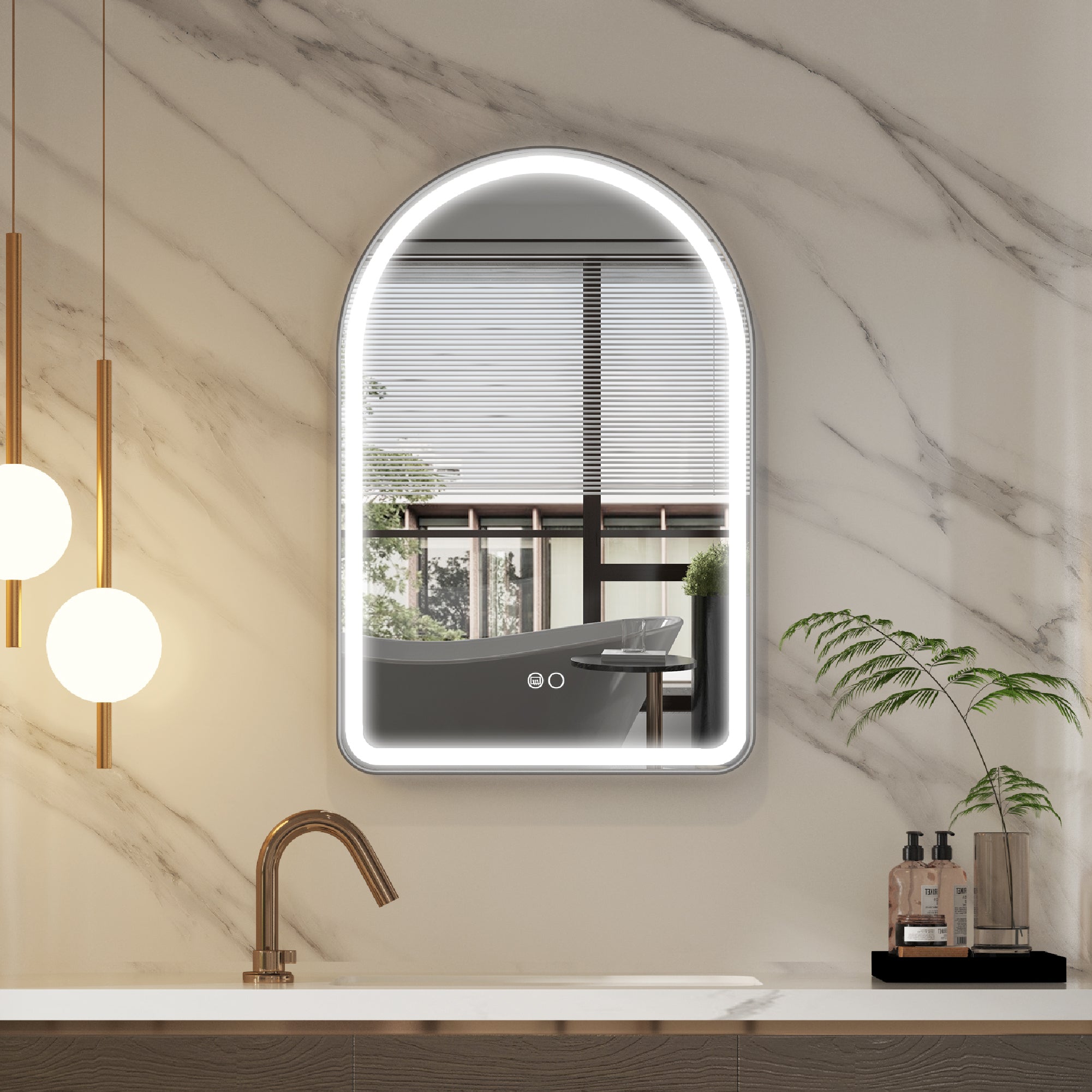
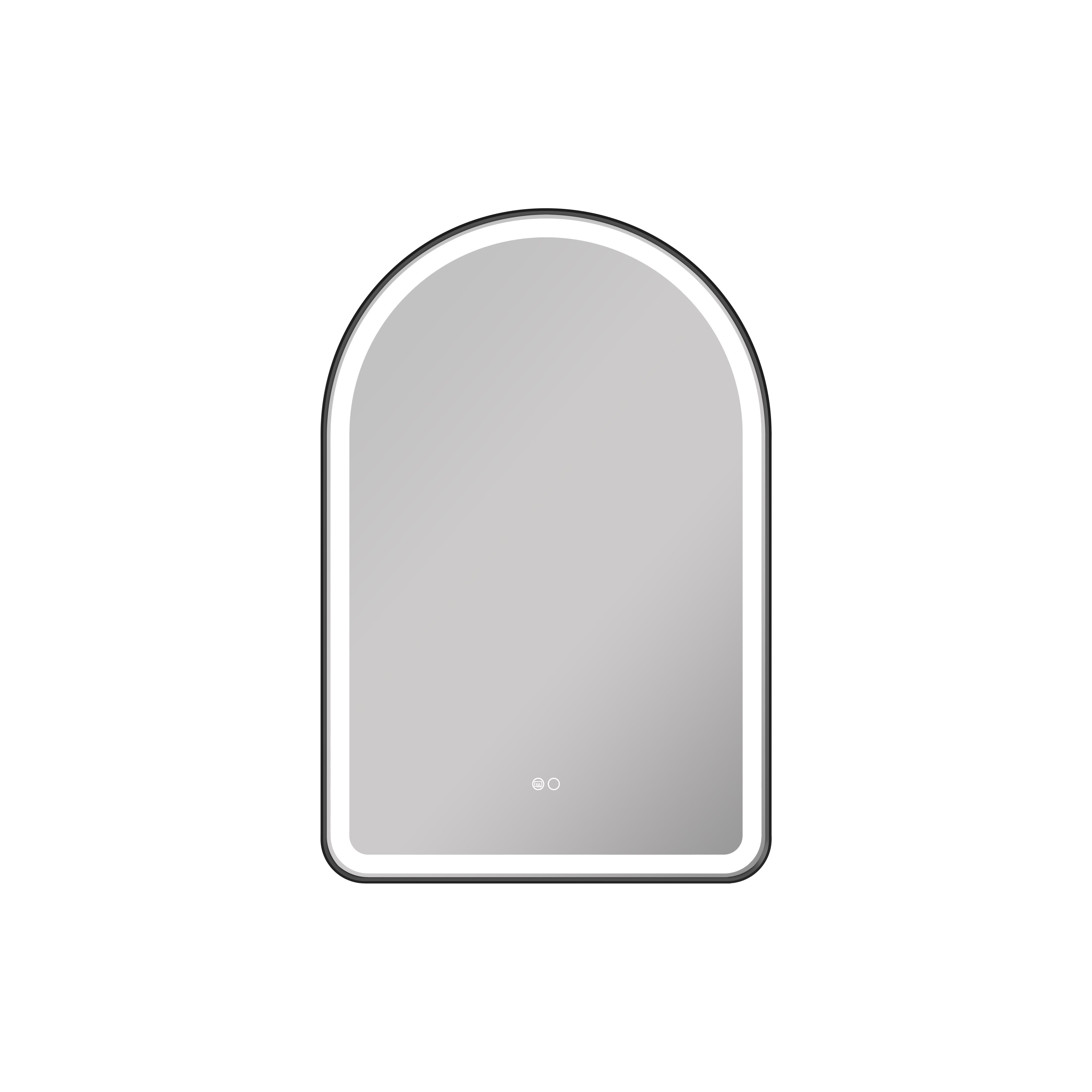

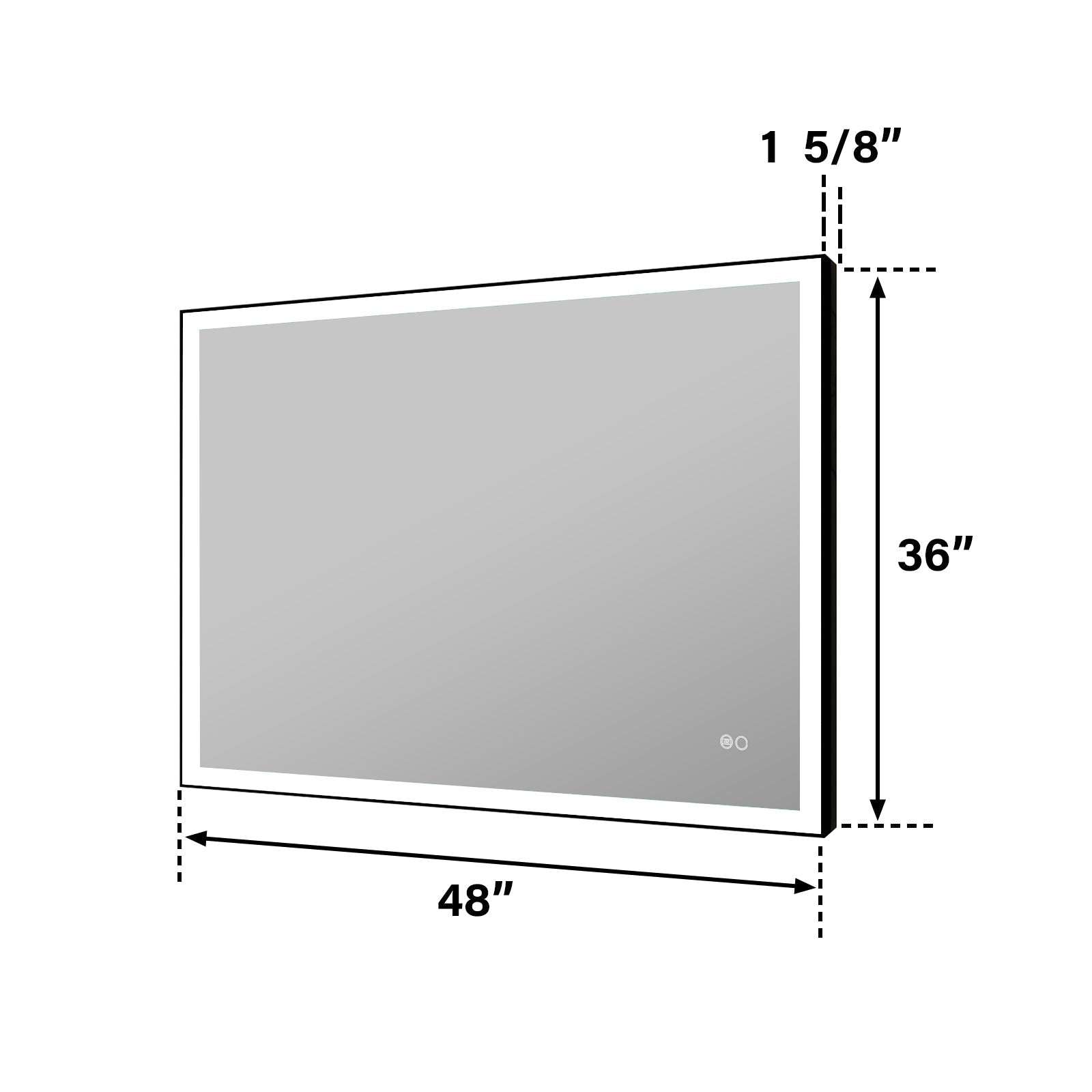


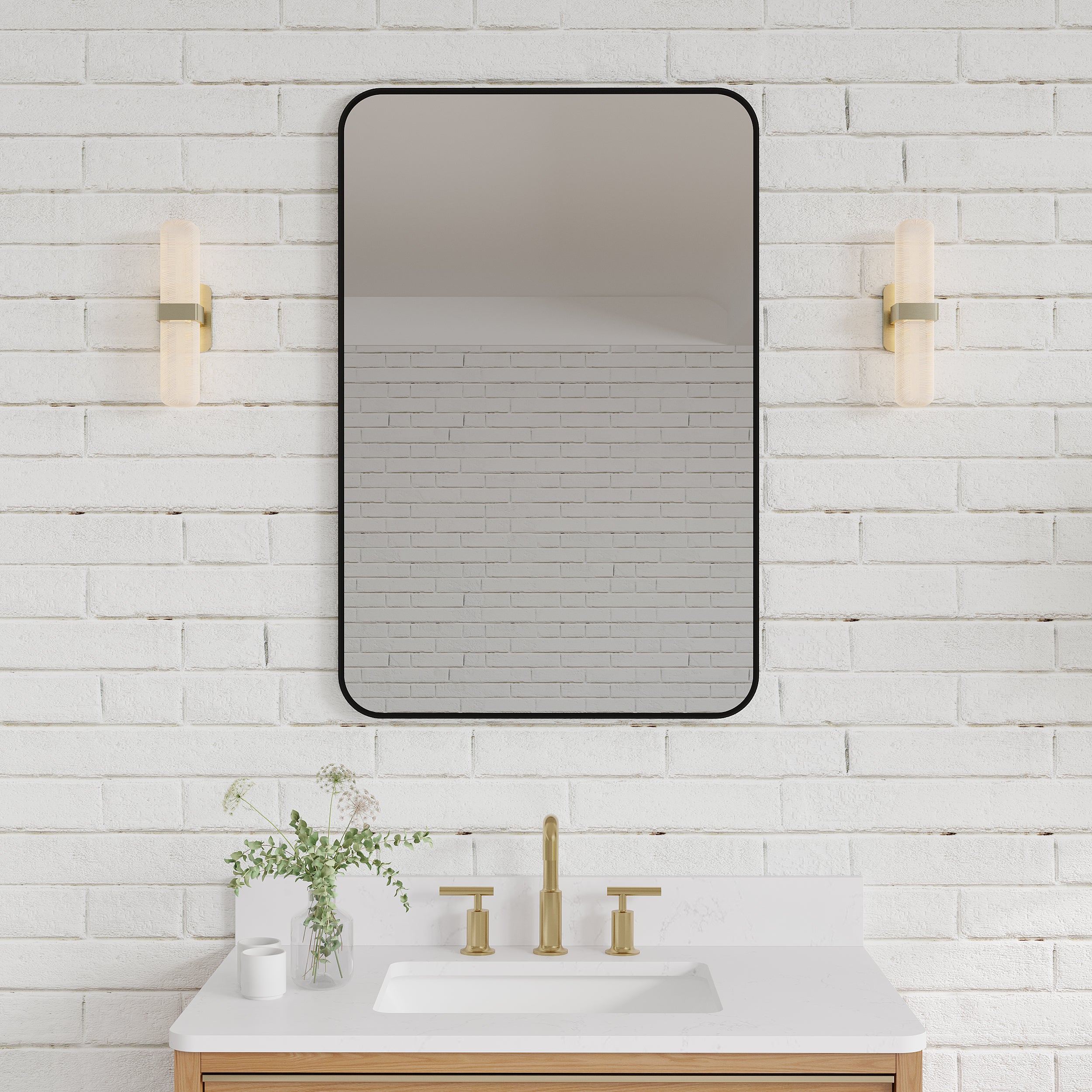

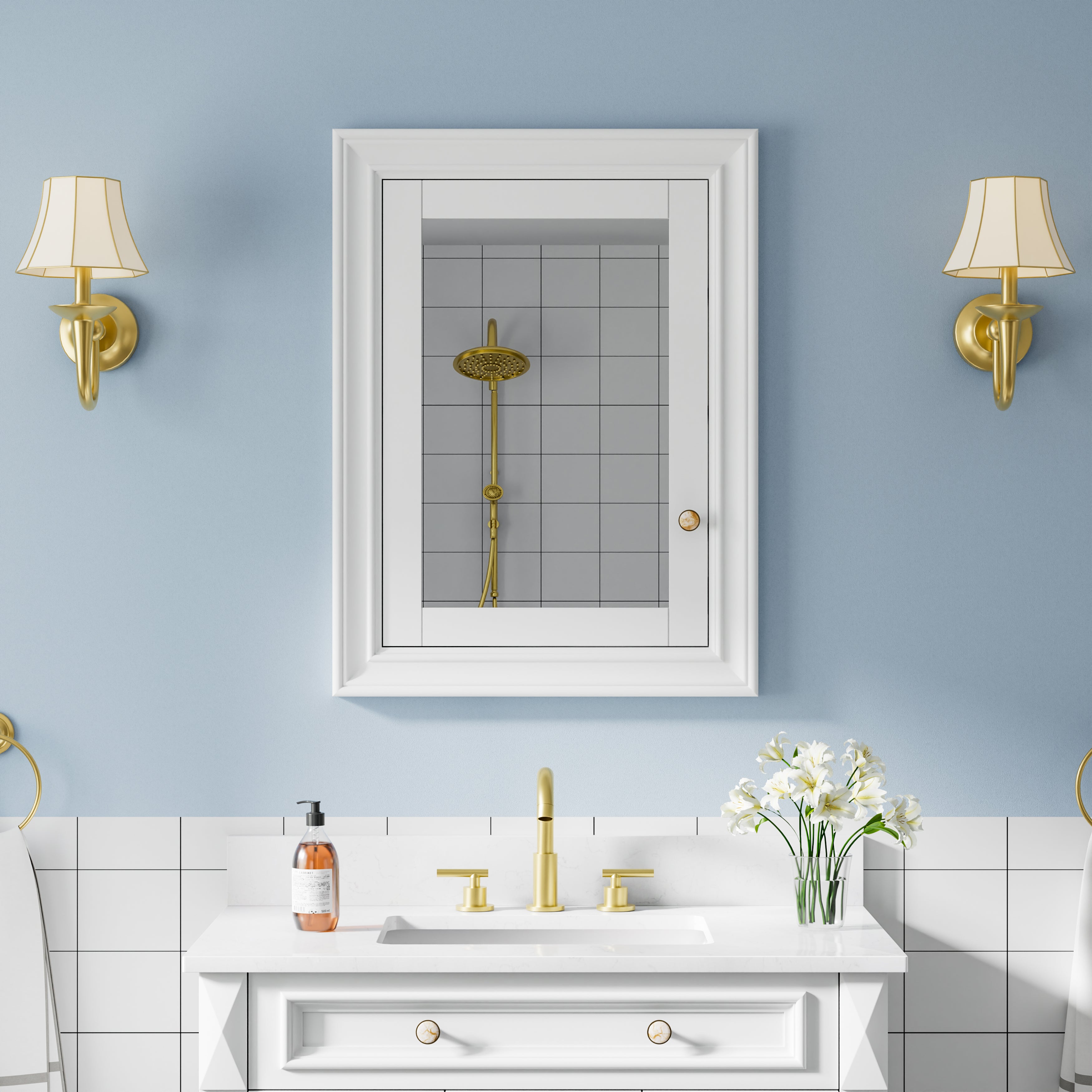


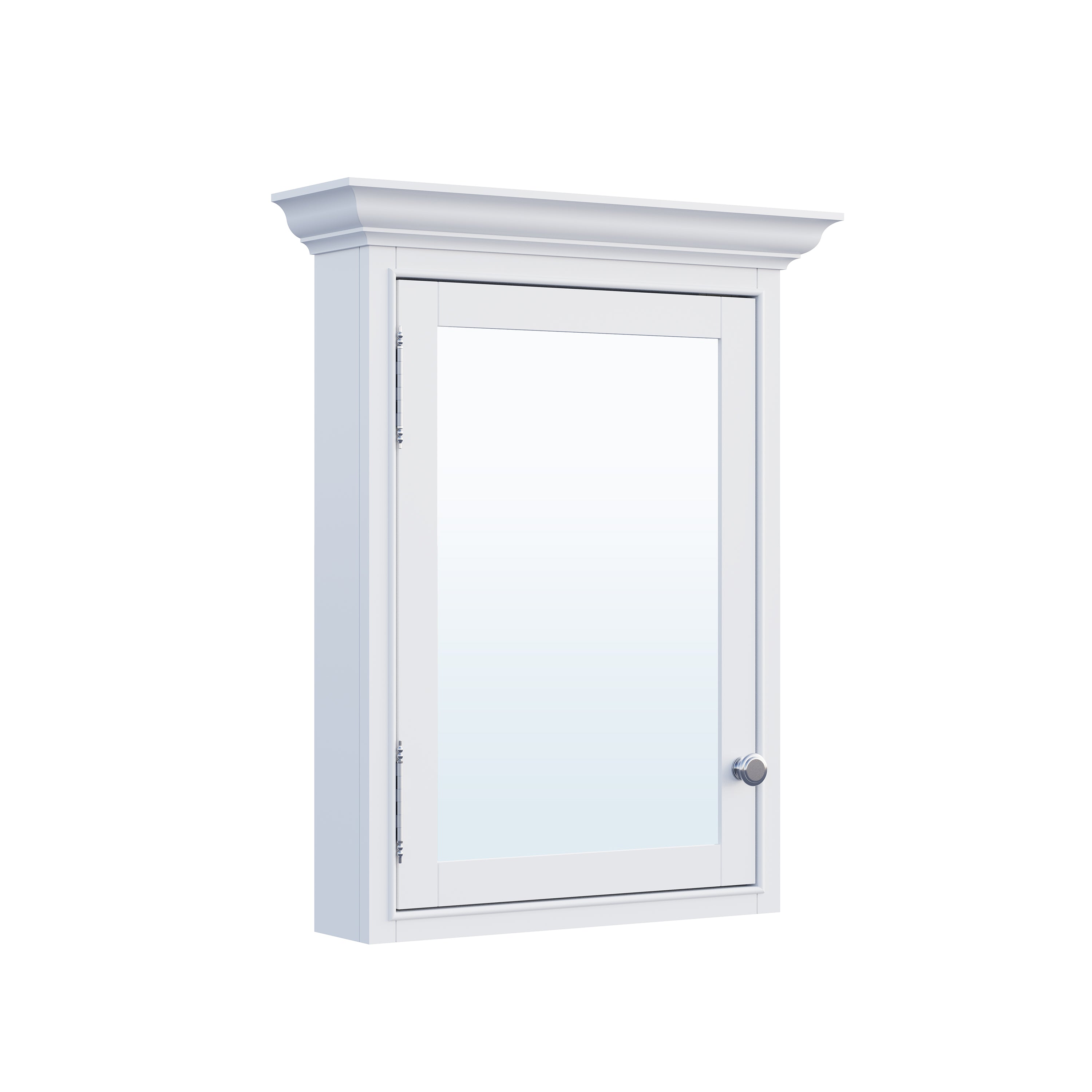

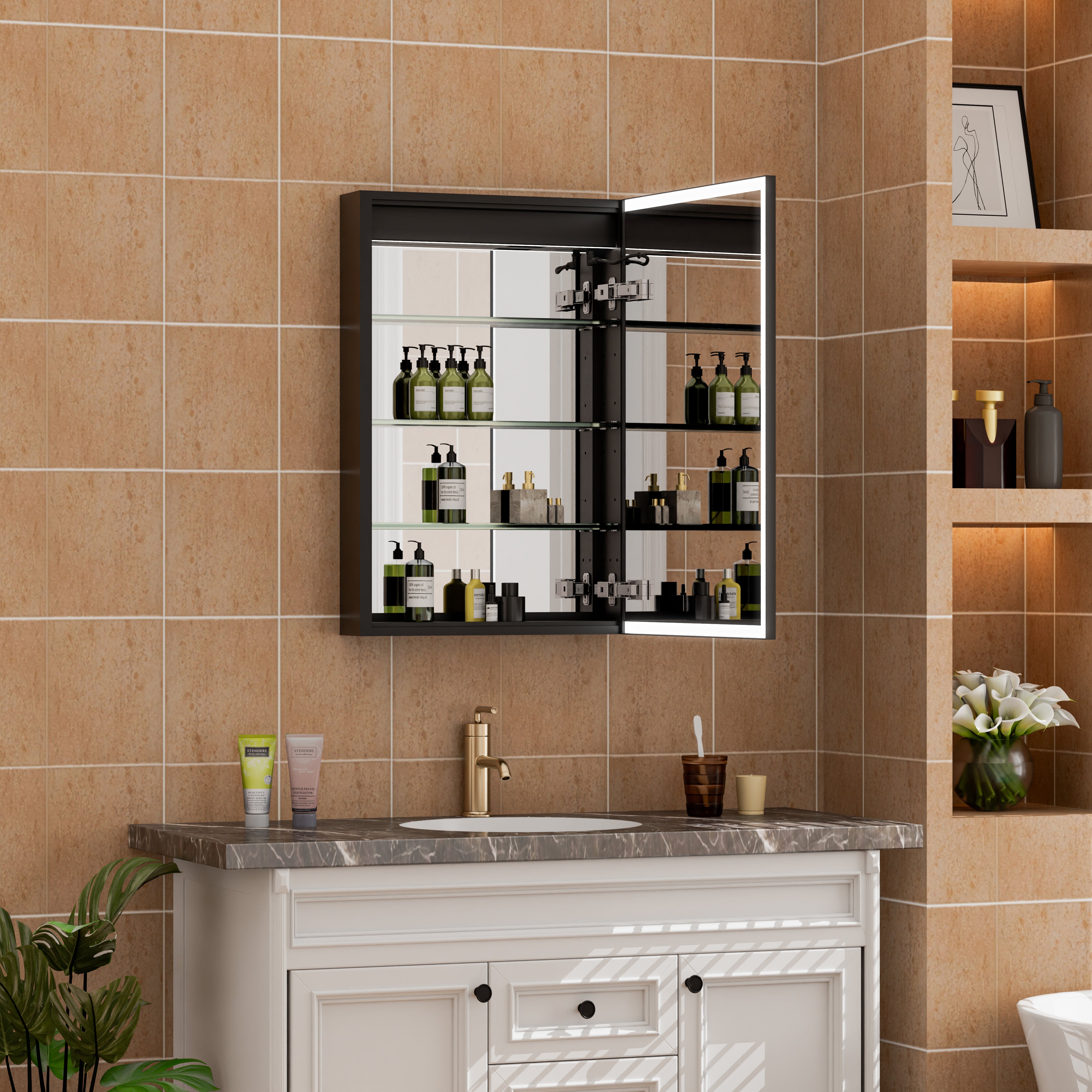
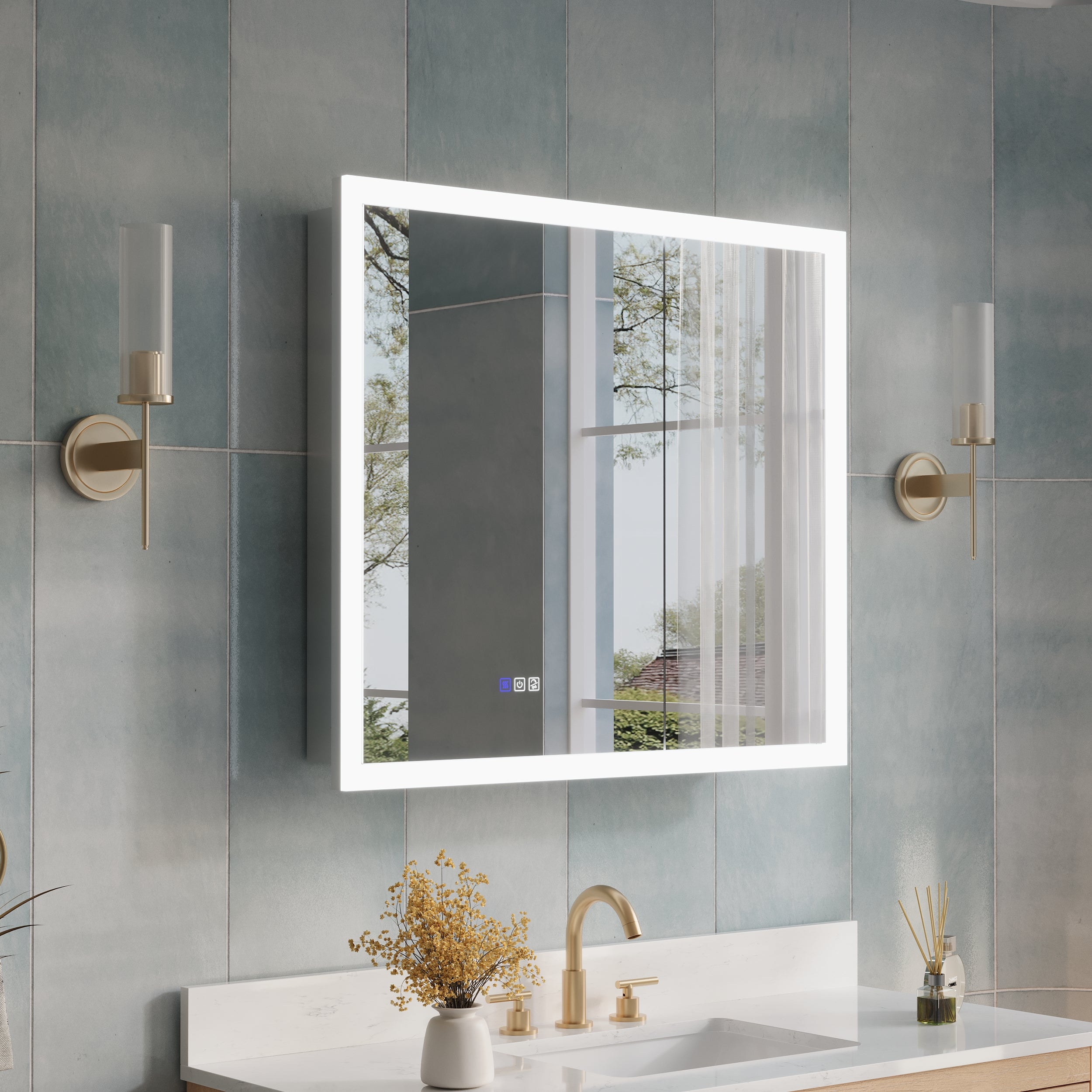

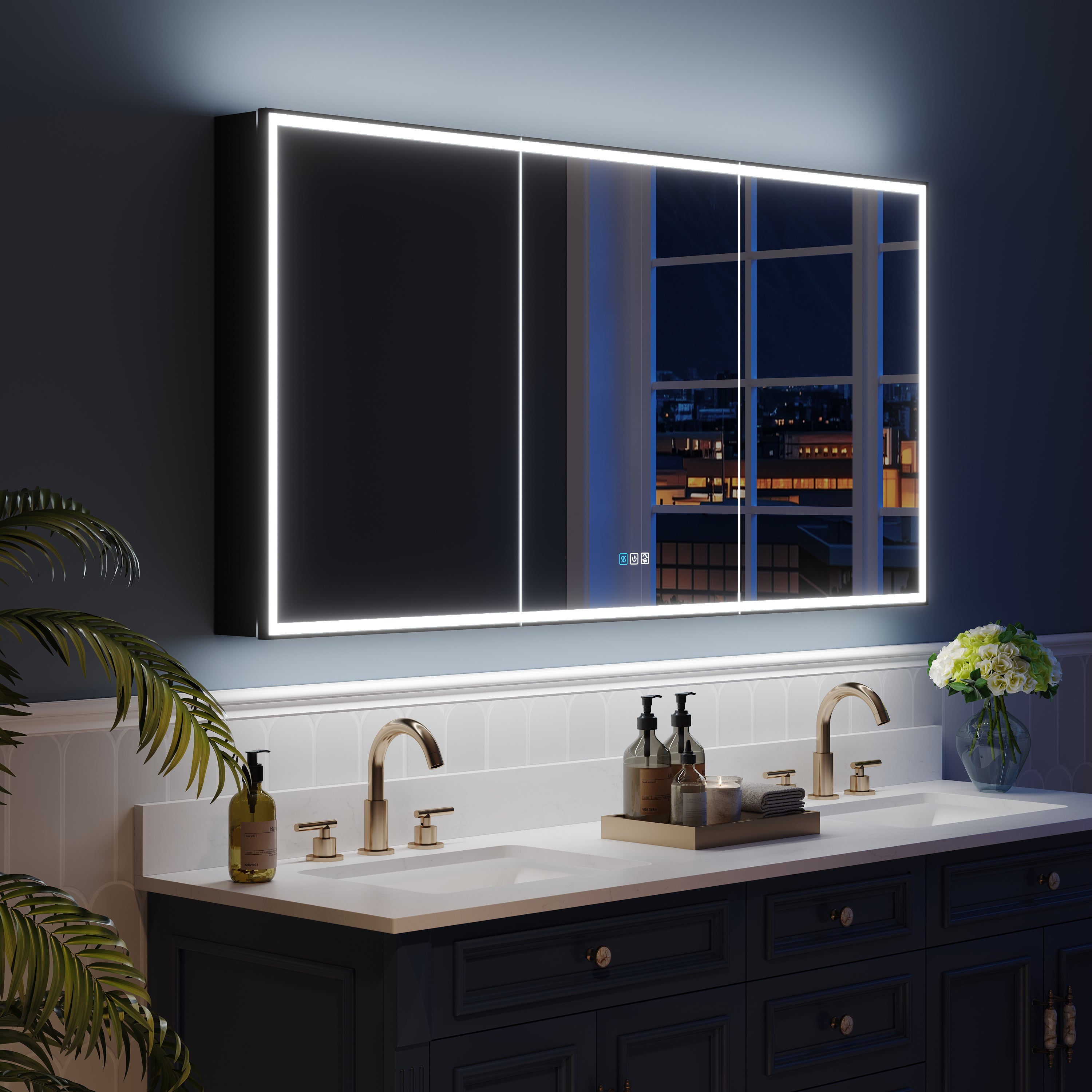




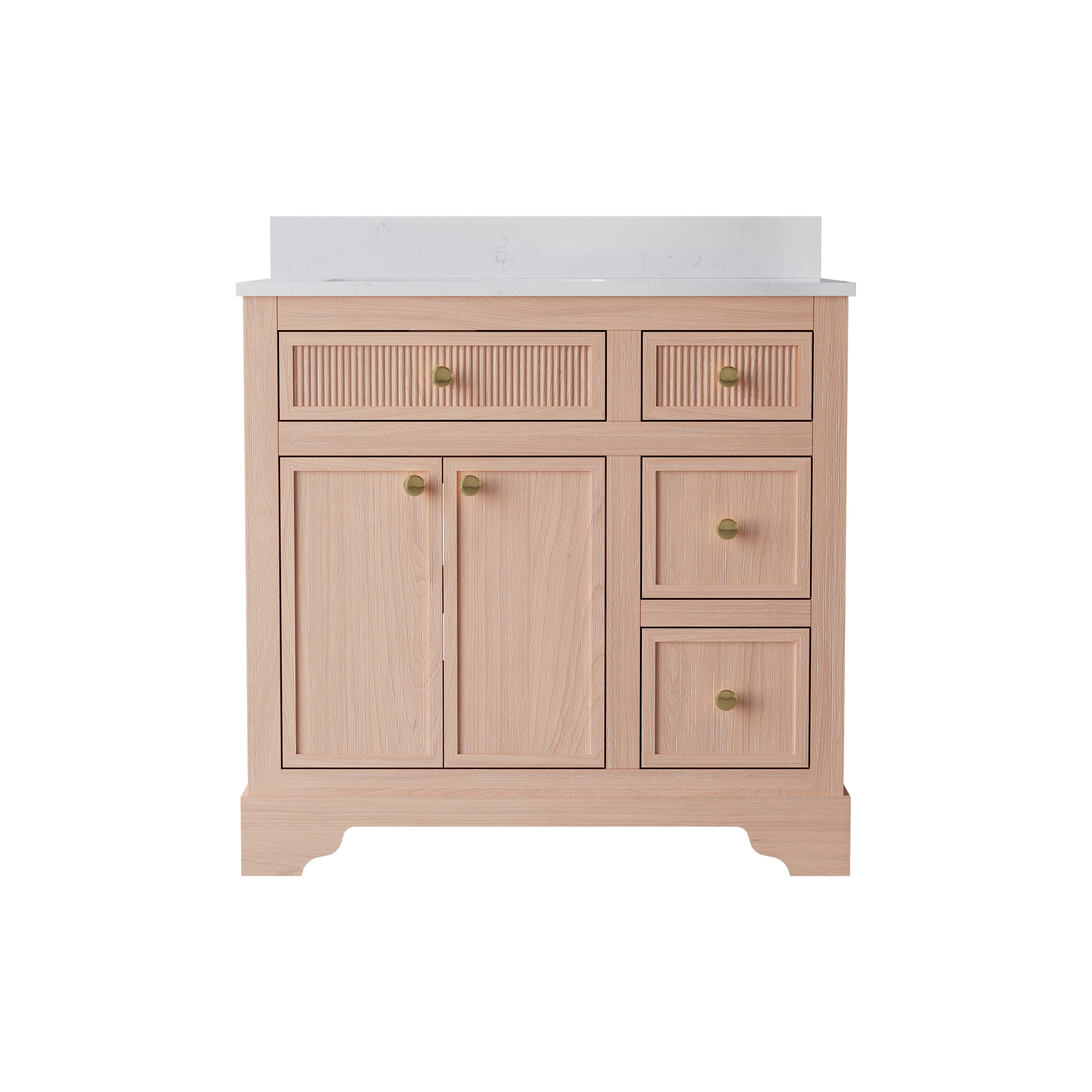
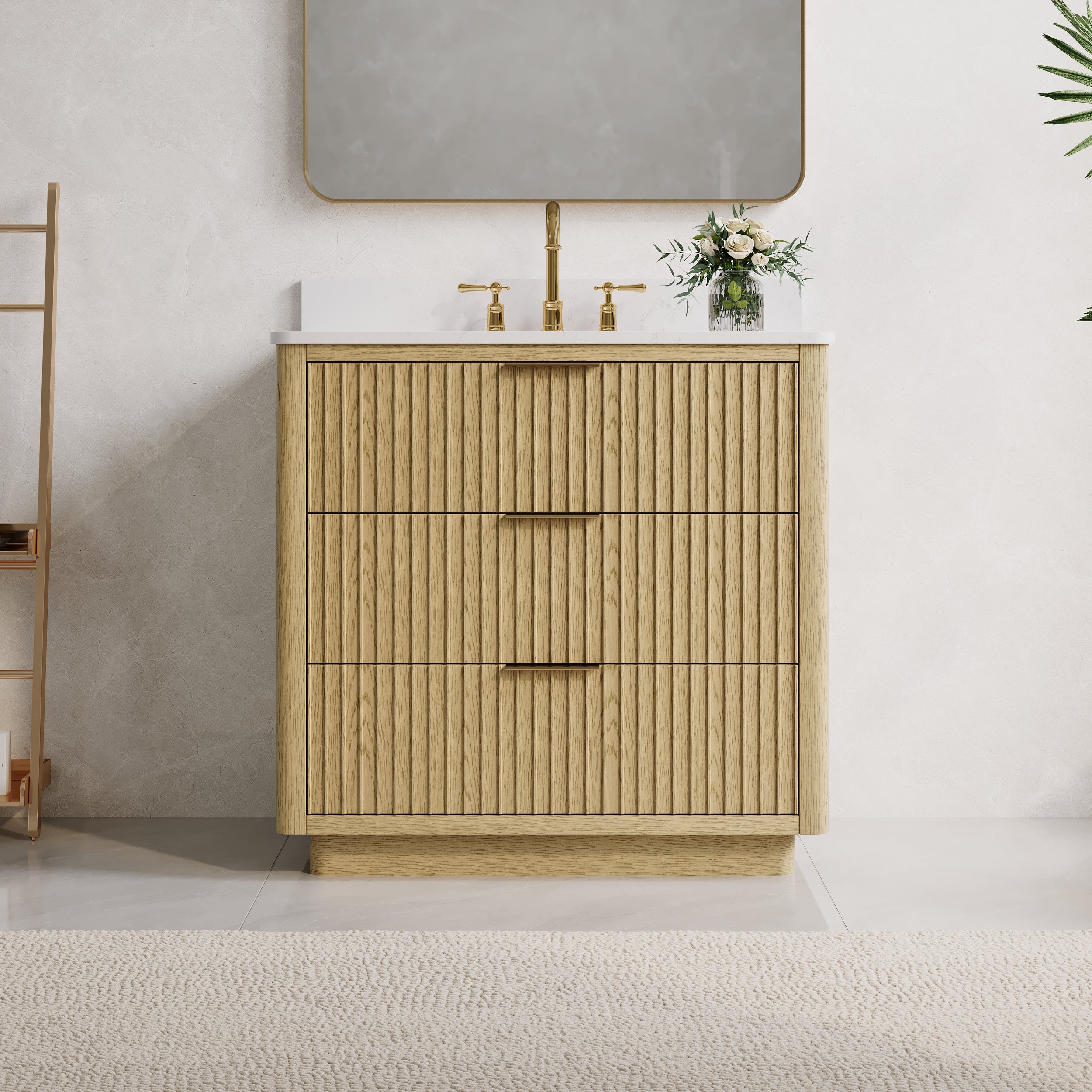


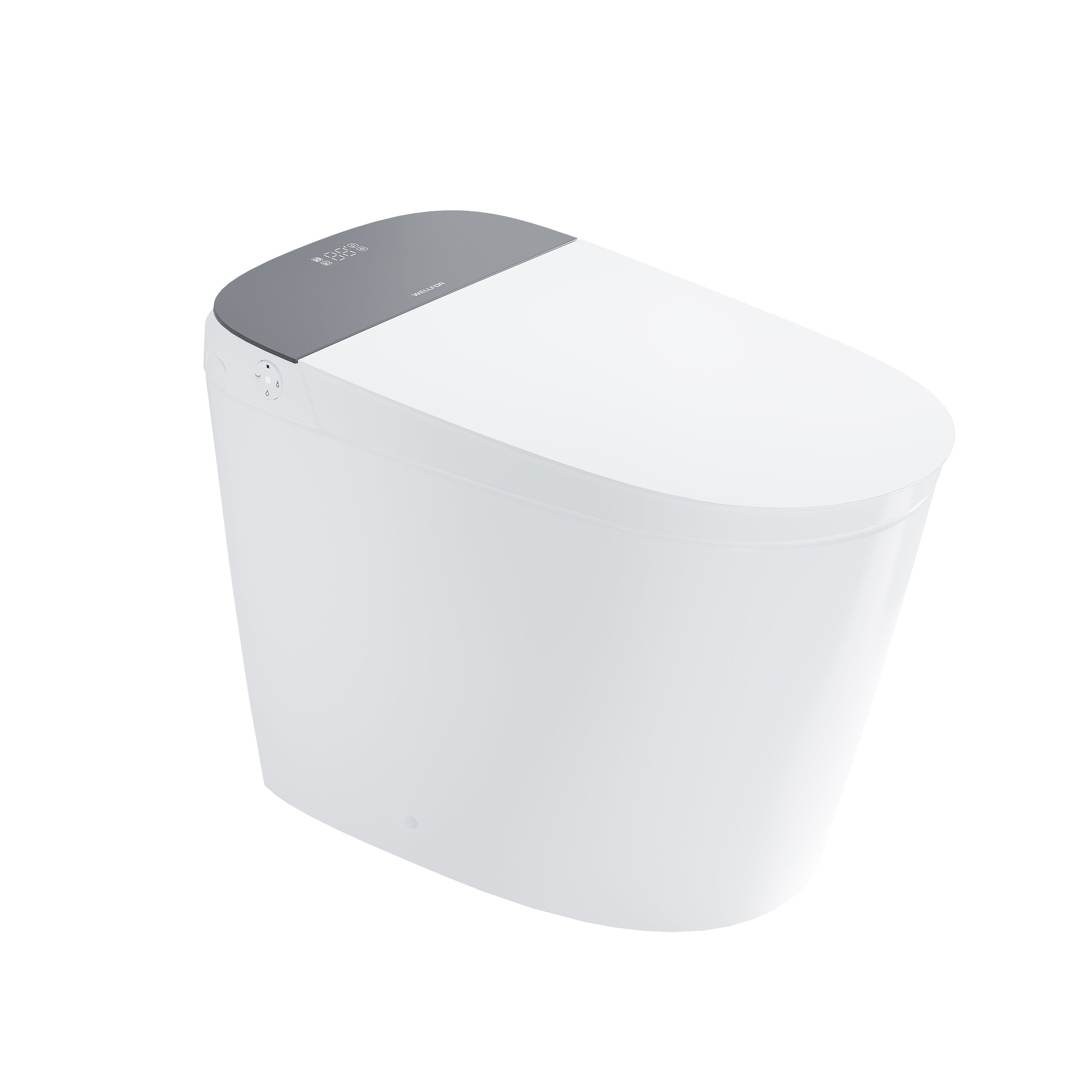
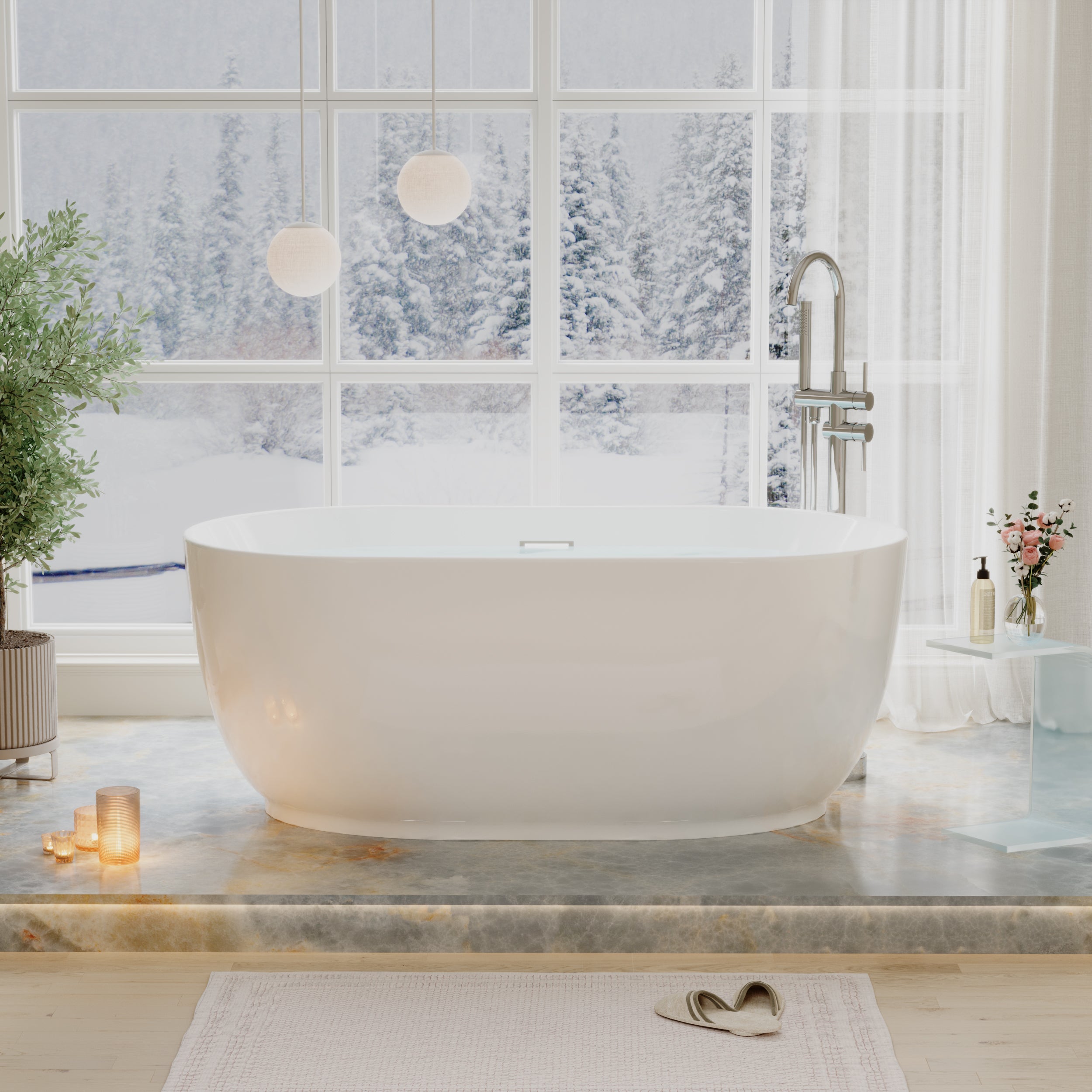
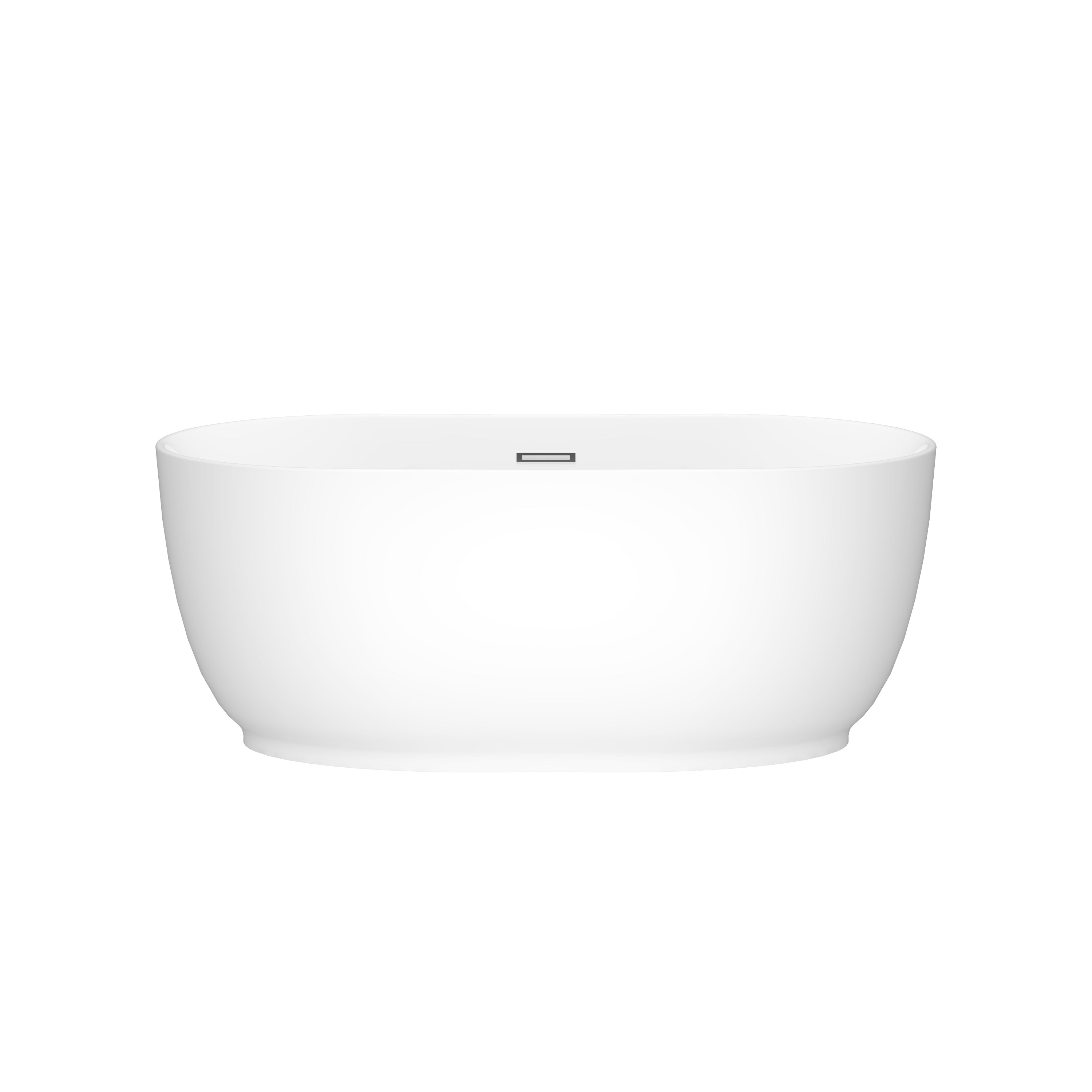
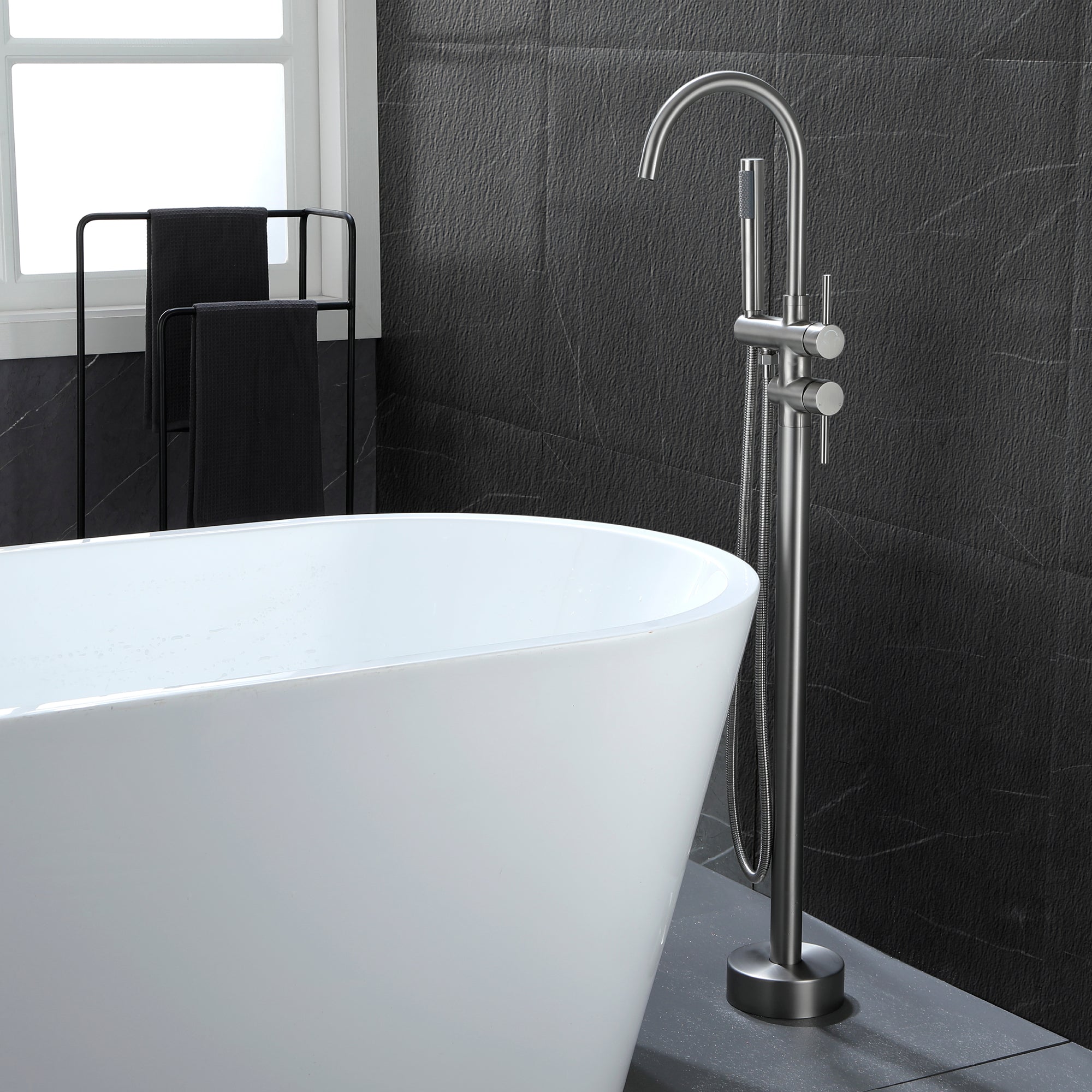


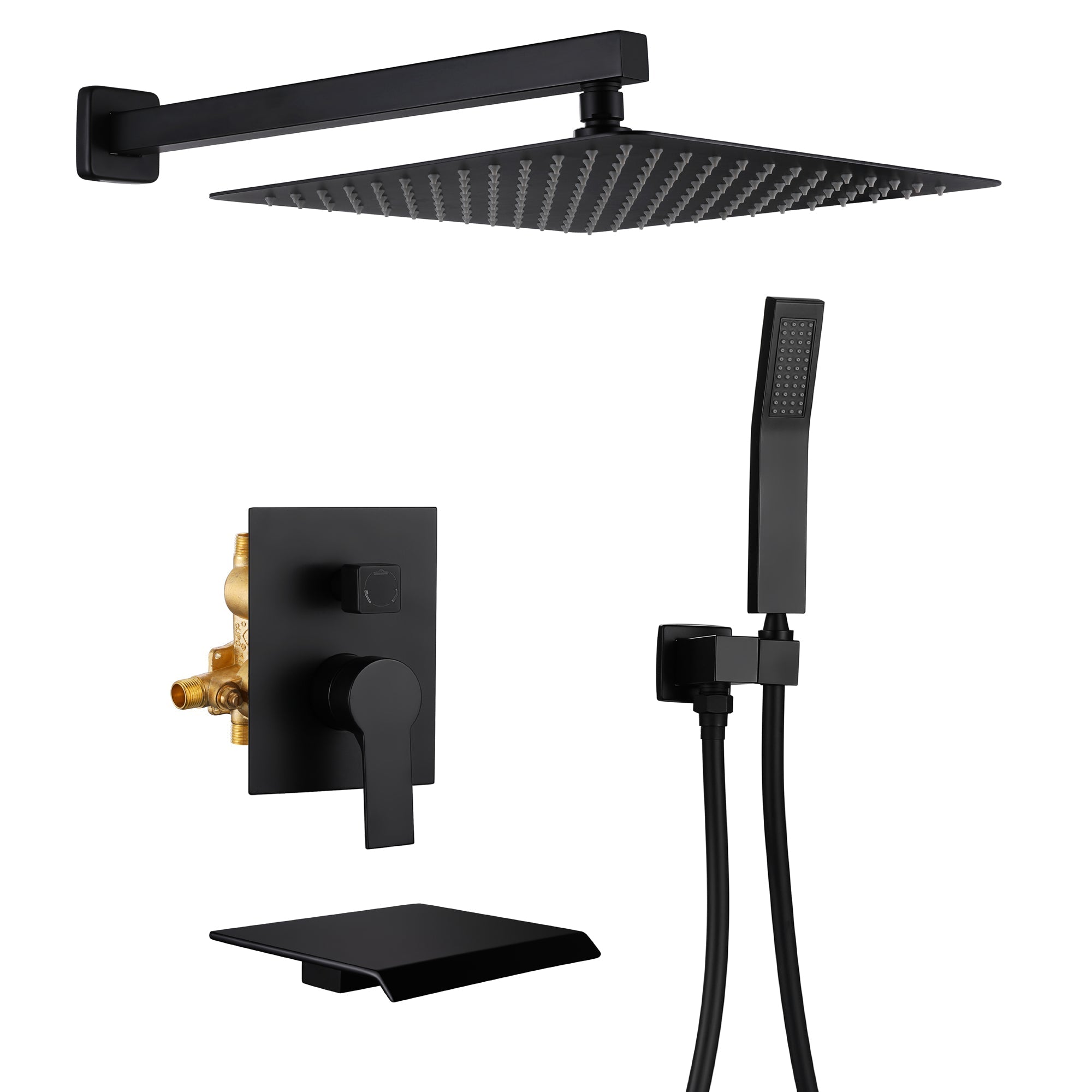
Leave a comment
This site is protected by hCaptcha and the hCaptcha Privacy Policy and Terms of Service apply.